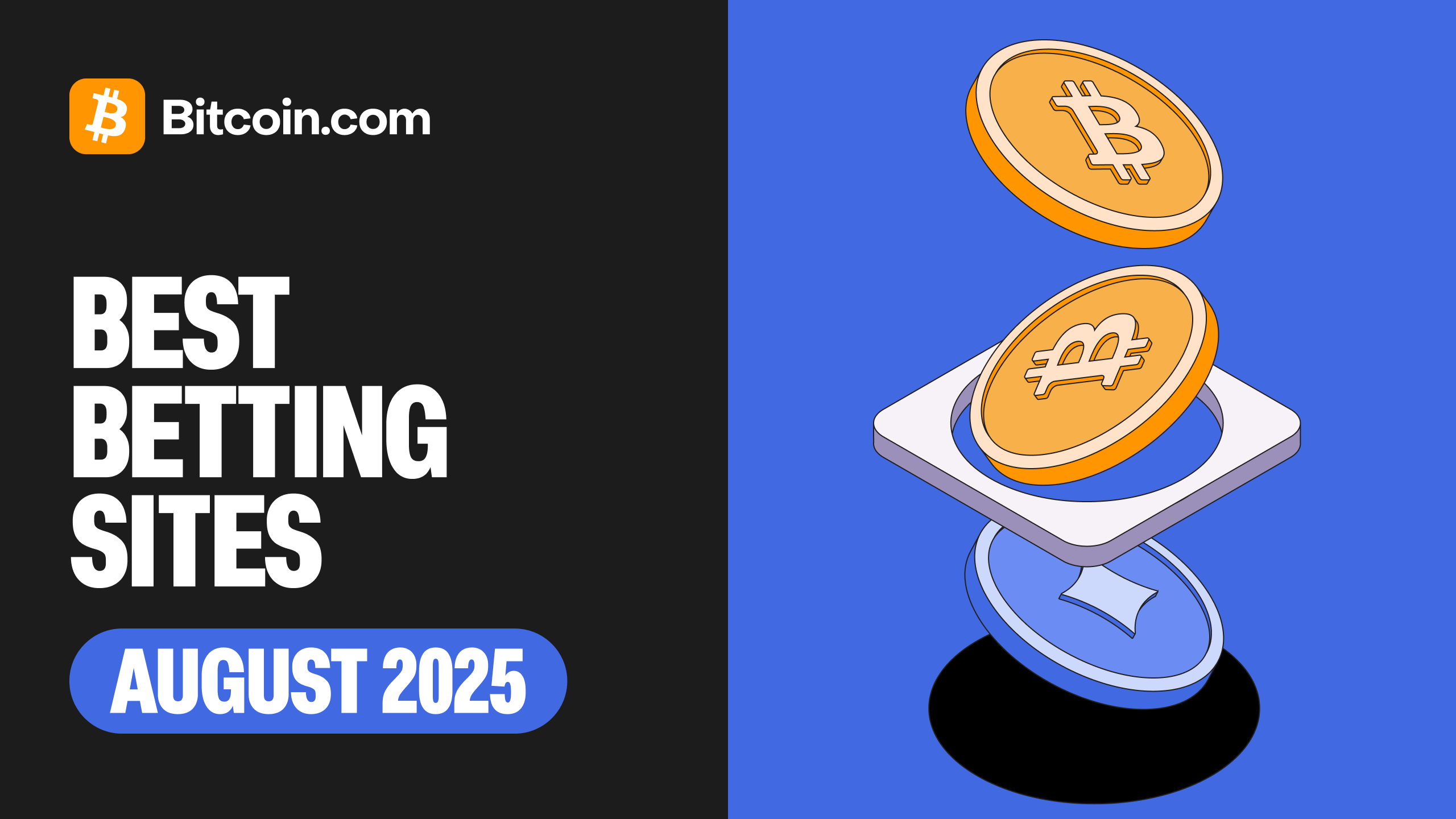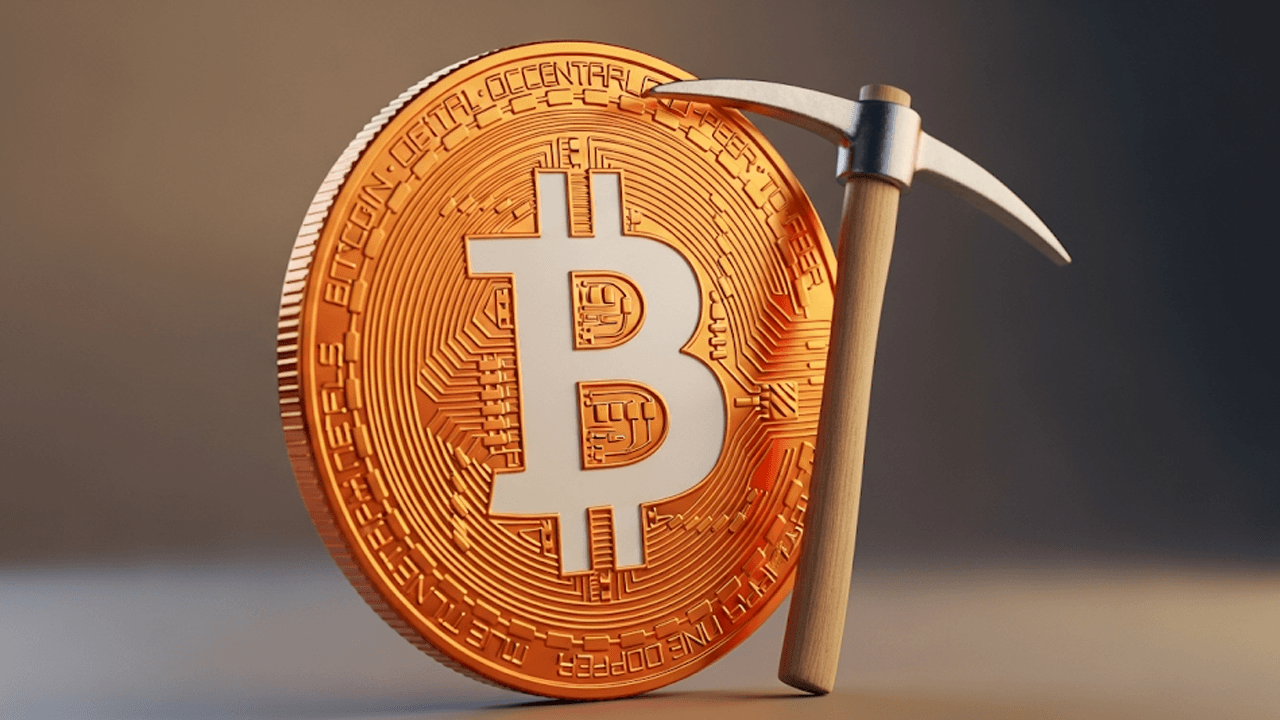The AI Crypto Hype Meets Reality: Dissecting Sahara AI ($SAHARA)’s Dramatic Price Crash
The cryptocurrency market has always been a breeding ground for both innovation and speculation. The recent dramatic price crash of Sahara AI’s $SAHARA token serves as a microcosm of the broader trends shaping the crypto landscape. This token, which initially garnered significant attention due to its AI-focused blockchain infrastructure, experienced a meteoric rise followed by a precipitous fall. The story of $SAHARA is not just about a single token’s performance but a broader commentary on the intersection of hype, investor psychology, and the mechanics of token launches in the crypto space.
The AI Token Gold Rush and $SAHARA’s Arrival
The fusion of artificial intelligence (AI) and blockchain technology has become a hotbed of innovation and speculation in the cryptocurrency market. AI projects have emerged as the darlings of the crypto sector, promising to revolutionize industries ranging from data markets to privacy-preserving computation. Sahara AI positioned itself at the forefront of this trend, branding itself as a Layer 1 blockchain specifically designed to support AI applications. The project’s marketing strategy was replete with buzzwords such as “decentralized platform,” “AI Marketplace,” “Identity & Reputation,” and “Knowledge Agents,” all aimed at capturing the imagination of investors and enthusiasts alike.
Sahara AI’s token, $SAHARA, was launched with considerable fanfare. The project secured listings on major exchanges such as Binance, Bitget, OKX, and Upbit, which are often seen as stamps of legitimacy in the crypto world. The token’s pre-market price hovered around $0.10, and the circulating supply was relatively modest, setting the stage for what was expected to be a spectacular debut. The project also conducted a presale and distributed an 8% airdrop to generate initial interest and liquidity. These measures were designed to create a sense of urgency and FOMO (fear of missing out), driving up demand and price.
Listings and Initial Frenzy: Crypto’s Version of an IPO Pop
The listing of a token on major exchanges is often akin to an IPO (Initial Public Offering) in the traditional financial markets. It signifies a level of legitimacy and opens the door to a broader investor base. For $SAHARA, the listings on Binance and Upbit were particularly significant, as these platforms are known for their high trading volumes and liquidity. The anticipation of these listings led to a surge in interest and speculation, with traders and investors eagerly awaiting the opportunity to buy the token.
However, the dynamics of token listings in the crypto market are complex and often lead to volatile price movements. The initial frenzy is driven by a combination of factors, including the hype surrounding the project, the promise of future utility, and the sheer excitement of being part of a new and potentially lucrative investment opportunity. This frenzy is often amplified by the presence of airdrop recipients and presale participants, who are eager to cash in on their early investments.
The Anatomy of the $SAHARA Crash
Despite the initial excitement and high expectations, $SAHARA’s price did not live up to the hype. Within hours of its listing on major exchanges, the token’s price plummeted by over 60%, leaving many investors with significant losses. The reasons behind this dramatic crash can be attributed to several factors, including oversupply at launch, airdrop and presale dumping, lack of real demand, thin order books, and exchange announcements.
Oversupply at Launch
One of the primary reasons for the $SAHARA crash was the oversupply of tokens at launch. Sahara AI had distributed a significant number of tokens through presales, airdrops, and community rounds to generate interest and liquidity. However, this strategy backfired when the tokens became liquid and were sold en masse by early holders. The sudden influx of tokens into the market created a supply glut, driving the price down.
Airdrop and Pre-Sale Dumping
Airdrops and presales are common strategies used by crypto projects to distribute tokens and generate initial interest. However, these methods can also lead to significant sell pressure when the tokens become tradable. In the case of $SAHARA, many airdrop recipients and presale participants saw the listing as an opportunity to cash out their gains. The lack of strong incentives to hold the token led to a massive sell-off, further exacerbating the price decline.
Lack of Real Demand—Yet
While the AI narrative is undoubtedly compelling, there is often a disconnect between the hype and the actual utility of the token. In the case of $SAHARA, the market’s initial enthusiasm was not backed by real demand for the token’s underlying technology. Early sellers, including airdrop recipients and presale participants, drove the price down until it found a base of genuinely interested holders. This lack of real demand highlighted the speculative nature of the token’s initial price surge.
Thin Order Books and Whiplash
The crypto market is known for its volatility, and thin order books can exacerbate price swings. In the case of $SAHARA, the token’s trading pairs had relatively low liquidity, meaning that even a few large sell orders could have a significant impact on the price. This thin liquidity led to a cascade effect, where panic selling triggered stop-loss orders, further driving the price down.
Catalysts: Exchange Announcements
The announcements of listings on major exchanges can act as catalysts for both buying and selling activity. In the case of $SAHARA, the simultaneous listings on multiple exchanges created a perfect storm for coordinated selling. Investors knew that liquidity would be available, and the incentive to sell quickly was high. This coordinated selling activity contributed to the token’s dramatic price decline.
The Vicious Cycle of Hype and Fear
The crypto market is driven by a complex interplay of hype and fear. Exchange listings and airdrops are designed to build community and distribute tokens widely, but if these activities occur too early, before there is proven demand or engagement with the platform’s technology, the market can treat the token as a speculative plaything. This was evident in the case of $SAHARA, where the initial hype was quickly replaced by fear as the price plummeted.
The experience of $SAHARA mirrors earlier “sell the news” moments in the crypto market. On-chain data often shows that airdrop recipients dump large percentages of the total supply during the first hours of trading, particularly in sectors like AI, DeFi, or meme coins. Projects that launch with high fully diluted valuations face significant challenges in attracting buyers willing to invest in tokens that have yet to prove their worth. Exchange incentives for liquidity providers and retail “airdrop farmers” can intensify these effects, leading to rapid price declines.
Where Does Sahara AI Go from Here?
A steep post-listing drop is not necessarily a death sentence for a crypto project, but it does change the dynamics of the market’s perception. For Sahara AI, the path forward hinges on several factors. The team must re-engage interest in the project by demonstrating real AI applications, forming strategic partnerships, and showcasing the utility of the token beyond trading. If the project can attract genuine demand and user engagement, it may be able to stabilize and recover from the initial crash.
However, if the decline persists, Sahara AI risks being seen as another “airdrop and dump” cautionary tale, making it difficult to rally community support in the future. The project’s long-term success will depend on its ability to deliver on its promises and build a sustainable ecosystem around its technology.
The Takeaway: Flashy Tokenomics Versus Enduring Value
The dramatic rise and fall of $SAHARA serves as a powerful reminder of the volatile nature of the crypto market. While narratives and hype can fuel bubbles, only execution and real demand can build lasting value. The allure of being part of the “next big thing” in AI is undeniable, but the market ultimately calibrates back to fundamentals, especially when early holders see listings as exit opportunities rather than long-term investments.
For those watching from the sidelines, $SAHARA’s drama underscores several key truths. First, expect volatility when hype, airdrops, and big listings collide—these are inherent features of the current crypto market. Second, real utility is the only force that can counterbalance early sell pressure. Projects that launch trading before delivering on their promises risk rapid disillusionment. Finally, crypto remains a game of musical chairs, where FOMO and panic are two sides of the same coin, and exchanges magnify both effects.
Conclusion: Riding Hype Is Risky, Building Value Wins
Sahara AI’s spectacular plunge has become the latest lesson in navigating the crypto market cycle. The AI narrative guarantees attention, but attention alone does not guarantee token stability or community loyalty. As the dust settles, Sahara AI’s future will depend on its ability to drive real, organic demand for its technology. For speculators, the warning is clear: every listing is an entry point for both buyers and sellers. For builders, the lesson is equally blunt—bull markets are fueled by stories, but only products turn those stories into sustainable ecosystems. Sahara AI’s journey from here will show whether it is just another flash in the pan or the start of something genuinely transformative in decentralized artificial intelligence.





